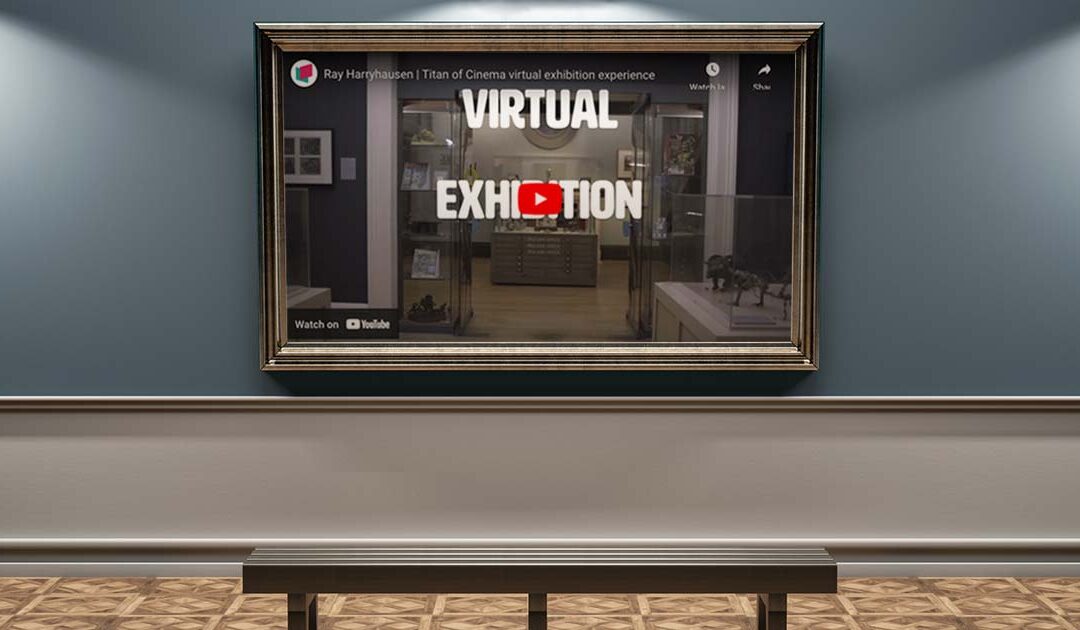Self-determinate characteristics on a linear pathway go beyond brief sidebar topics and instead offer alternative ways to navigate the linear pathway.


Self-determinate characteristics on a linear pathway go beyond brief sidebar topics and instead offer alternative ways to navigate the linear pathway.

Visual tools such as zoom are crowd pleasers when presenting visual content online, allowing museums to create immersive and engaging digital experiences.

A museum’s Collections Management System (CMS) is more than just a catalog—it can also serve as a foundation for digital storytelling. By leveraging the rich object data and images already housed in the CMS, museum professionals can experiment with new ways to craft compelling narratives. In this article, Rachael Cristine Woody explores how different types of digital surrogates can bring museum collections to life online.

When the physical exhibit was forced to close prematurely, NGS pivoted to a fully online, digital exhibition. What resulted is a masterclass in digital storytelling, utilizing a multi-pathway structure and a variety of storytelling performance types.
One of the wonderful things about museums is that the learning never stops. There are always projects, exhibits, and programs in development that serve as constant instigators of research.
This month’s series focuses on the enhancement of museum object data using “hidden” troves of information. Hidden is in quotes because the information exists and often is not hidden—it just hasn’t been gathered for inclusion in the museum Collections Management System (CMS).
Standard museum cataloging leverages the usual set of fields that are considered best practice. We tend to refer to this information as “the tombstone information,” meaning it is clear and concise in communicating the “need to know” information.
Museums are well established as “empathy generators”, meaning the museum space in combination with artifacts and storytelling can help humans emotionally connect to (or at least better understand) other human groups that are different from their own.
What excites me the most about Generative Artificial Intelligence (GenAI) application to museum work is its potential to improve discoverability of museum collections online.
If you have a smartphone, have used a customer service chat, Googled, or asked Siri something, you have used Artificial Intelligence (AI). What about within the museum physical space?
The museum field is not one that considers itself “cutting edge” or even very technical, and yet AI can have a tremendous positive impact on our work and how we engage with our audiences.
Details of the five things to look for when assessing a fit between a funding opportunity and your CMS project.
Grant applications often require in-depth project details; expert’s list of application information that makes a museum CMS project attractive